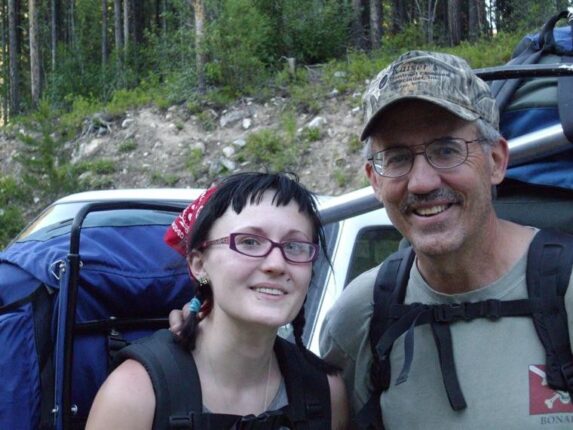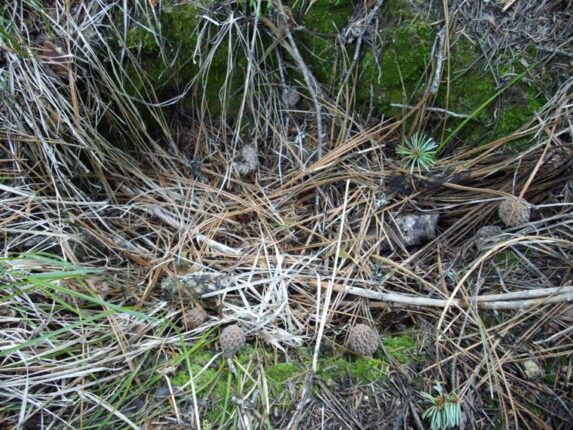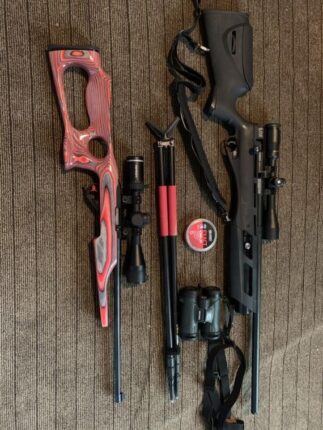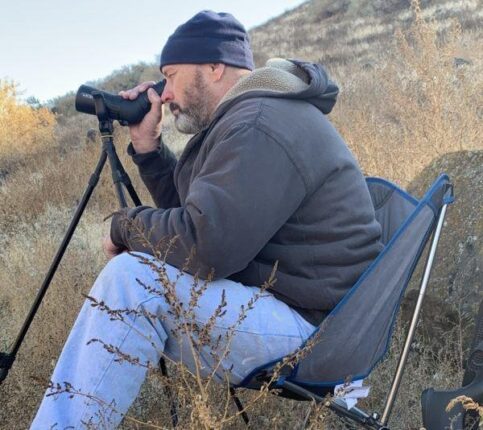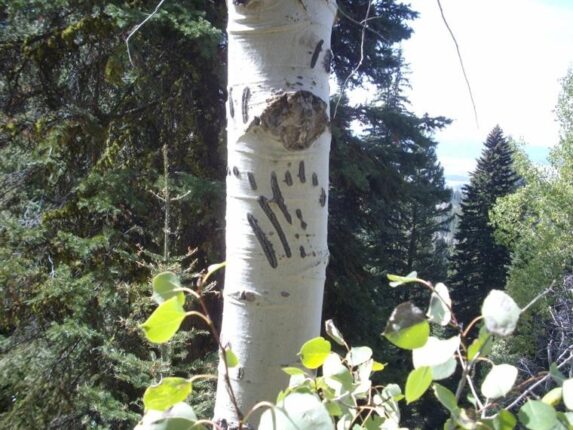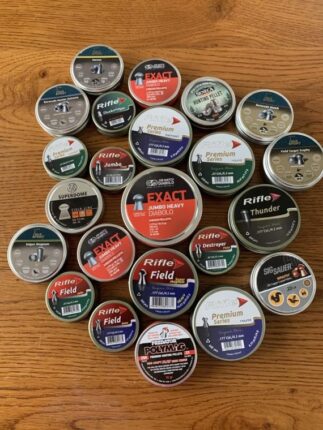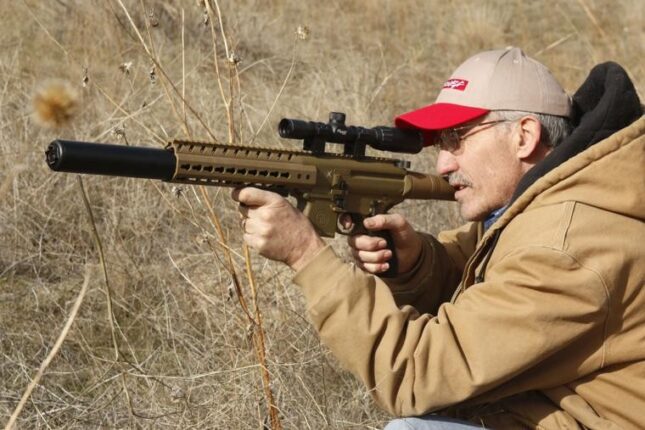It is almost Father’s Day. I don’t know about you but my father was always hard to buy a gift for — not that he was picky; he just didn’t really need anything. So I always ended up buying him a pair of leather gloves to use for building fence and working our cattle. Looking back, maybe I should have been a more creative shopper because him and mom bought a trailer in their later years and traveled around a bit. So I guess I could of bought him some camping gear.
But before you jump off the cliff, if your dad is an outdoorsman, there are a million gifts that you can buy him. And if you shop wisely you don’t have to spend that much. So let’s go over some of the items you might want to consider for dad.
CAMPING
— Tents. Check out Alps Mountaineering tents.
— Propane camp stove
— Cooking gear. Cast iron skillets, utensils, plates etc.
— Camp Tables. We always are short of tables.
— Cooking setups. They make cool multi-level tables to cook on and hold your cooking supplies.
— Lantern, flashlights. I’ve been testing some Blackfire lights this year that are awesome.
— Tarp(s)
HUNTING
— Knives of Alaska Professional Boning Knife
— Ammo. Ha, if you can find any.
— UMAREX Synergis .22 cal. airgun
— UMAREX .25 cal. Gauntlet
— Knives. Outdoorsmen love knives. Smith’s Consumer Products offers some economical folders.
— Knives of Alaska has some well-designed, high-quality hunting/fishing knives.
— Knife sharpening stones. Smith’s Consumer Products owns the market. Get him a fine diamond stone.
— Calls Turkey (4Play), varmint (FOXPRO), crow, elk and duck calls.
— GRIPSHIELD. Keeps your hands dry for competition shooting.
— Compass
— GPS
— Ruger 10/22 rifle. The 10/22 is the most popular .22 rifle ever made.
— MYTOPO Maps
— Riton 10×42 binoculars
FISHING
Fishing equipment can be very specific, depending on what species that he likes to fish for, where he fishes and what time of year. So ask him what he desires or inquire what is popular at a local outdoor store.
— Jigs
— Plastics. Mr. Twister makes good ones.
— Flies. I get mine cheap from flydealflies.com.
— Fishing rod/reel or a fly rod/reel. Ask him what kind he prefers or he might not like it.
— Dip net
— Rat-L-Trap fishing lures
— Frogg Togg rain gear
CLOTHING
Outdoor clothing is a big market and there are some good products on the market.
— HAELEUM Shirts. They offer a multitude of t-shirts that repel ticks & mosquitos. About to start testing them.
— 5.11 tactical pants. They offer a lot of models.
— Heybo fishing shirts. They have cool ones.
— Irish Setter boots. Irish Setter offers lightweight hiking boots on up to tall heavy duty leather winter boots. They also have some nice offerings for wearing in town.
— Hiking socks
— Kryptek. I’ve just started testing their gear but love it. I’ve got a couple of their Sonora Hoodies. They’re like a base layer with a hood.
— XGO base layers
BACKPACKING
— Backpacks. Alps Mountaineering offers a big line of packs.
— Alps backpacking tents
— Alps sleeping bags and pads
— Fire-starting gear
— Aquamira filtered straws and filtered water bottles
— Benchmade Claymore folding knife
— Backpacking chair like the Alps Dash
— Bushnell solar panels
— Backpacking meals
— Adventure Medical Kits
And if you don’t have any money (or even if you do) the all-time best gift that you could ever give him is three free passes that you will go fishing, hunting, camping or backpacking with him. I guarantee you that would be the best gift that you could ever give him.
Tom Claycomb lives in Idaho and has outdoors columns in newspapers in Alaska, Idaho, Utah, Nevada, Colorado and Louisiana. He also writes for various outdoors magazines and teaches outdoors seminars at stores like Cabela’s, Sportsman’s Warehouse and Bass Pro Shop.He can be reached via email at smileya7@aol.com.
